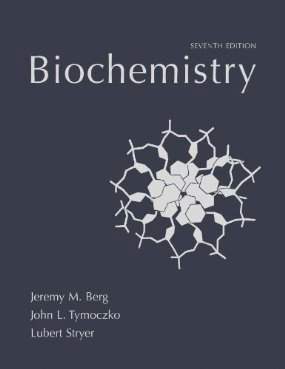Connecting...

For more information, please see full course syllabus of Biochemistry
Biochemistry Peptide Synthesis (Merrifield Process)
It is possible to synthesize peptides of around 100 amino acids synthetically using the Merrifield Peptide Synthesis. These fragments can be joined together to make even more complex structures. The synthesis starts by attaching a CH₂Cl substrate to insoluble polymer beads. Nucleophilic groups then displace the chloride and build a string of peptides that can be filtered later. The body synthesizes proteins from the N-end to the C-end, while the Merrifield Process does the reverse. This lecture contains examples and the reagents used to synthesize a peptide. This all takes place in a chromatography column containing the support beads. Reagents are poured into the column, and the excess flows through. Hydrofluoric acid is used to separate the bead from the peptide which is washed into a flask for additional processing.
Share this knowledge with your friends!
Copy & Paste this embed code into your website’s HTML
Please ensure that your website editor is in text mode when you paste the code.(In Wordpress, the mode button is on the top right corner.)
- - Allow users to view the embedded video in full-size.










































 Answer Engine
Answer Engine




1 answer
Fri Feb 26, 2016 1:50 AM
Post by Jinhai Zhang on February 16, 2016
Dear Prof:
when you mention in the lecture that Ala is the N-teminus and Ser is the C-terminus you based upon the condition from you are given, Ala-Gly-Ser(N-->C), so if the condition becomes Ser-Ala-Gly now, and we can infer that Ser is the N-terminus and Gly is the C-terminus, is that right? Thanks!
1 answer
Sun Feb 8, 2015 3:02 PM
Post by Richard Meador on February 6, 2015
How is the bead constructed? I read where the beads are typically 50 um in diameter. In the lesson, you show one serine monomer attached to the bead but I assume there are thousands of serine monomers attached to each bead so that after synthesis there are thousands of polypeptides per bead?? Do the recommended textbooks cover this in detail? Thanks for your help.
1 answer
Fri Aug 29, 2014 7:28 PM
Post by David Gonzalez on August 26, 2014
What are some of the applications of the finalized protein once it has been synthesized? Can it be integrated into an organism? If so, is there a lesson on that? Thank you professor.
0 answers
Post by Matthew Humes on October 1, 2013
Is there any way to download all of the images/slides at once? I can't seem to find a way other then saving them all individually one at a time...is there an easier way?